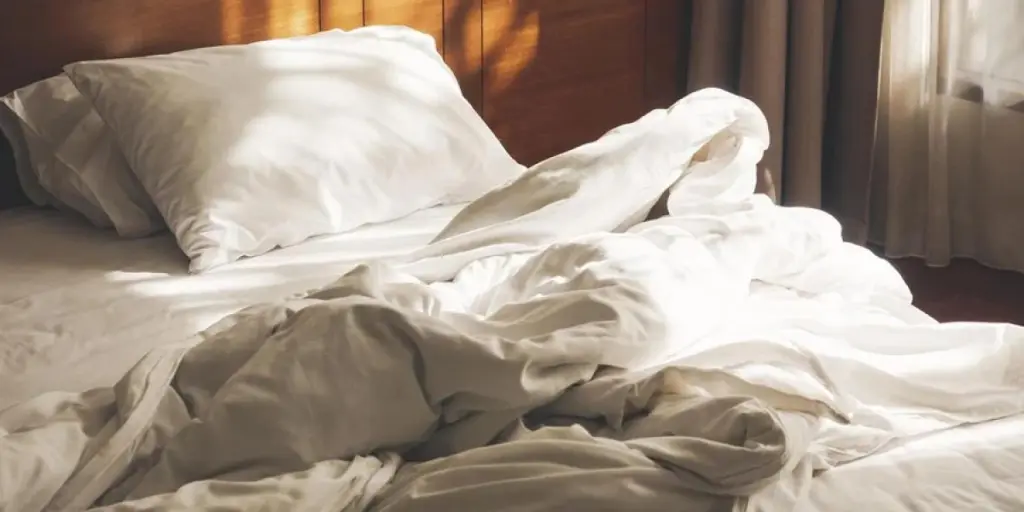In the quest for the perfect bedroom setting, the choice of a duvet cover transcends mere functionality, embodying a blend of comfort and style pivotal to the sleep experience and room aesthetic. The journey of duvet covers, through evolving styles and materials, mirrors the changing tides of home fashion and personal comfort preferences. As we step into 2024, the spectrum of options available in duvet covers is a testament to this evolution, offering an array of fabrics from classic cotton to innovative bamboo, each catering to varied tactile and visual desires. The right selection not only promises a cozy night’s sleep but also an alignment with the personal ethos of room decor. This comprehensive exploration into the best duvet covers of 2024 serves as a guide to navigating this essential yet often overlooked element of home comfort.
Table of Contents:
1. Market overview
2. Different types and their features
3. Things to consider when selecting products
1. Market overview
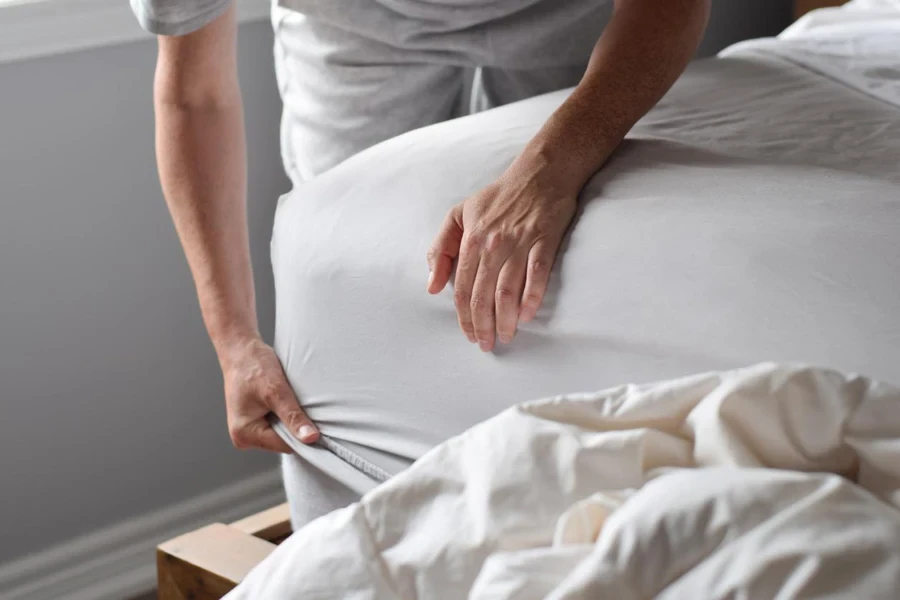
The scale and growth of the duvet cover market
The duvet cover market, as a segment of the broader home bedding market, is experiencing a significant surge in growth and innovation. As of 2022, the global home bedding market, which includes duvet covers, was valued at a remarkable USD 95.73 billion. This market is projected to grow at a compound annual growth rate (CAGR) of 7.6% from 2023 to 2030, as reported by Grand View Research. In terms of product types within the home bedding market, the bed linen segment, which encompasses duvet covers, held the largest share at 30.18% in 2022. This dominance is attributed to a shift in consumer preferences toward high-quality, luxury bedding items that offer comfort, health benefits, and durability. Established players in the bedding industry are continuously innovating and introducing luxury bedding products made from premium materials like silk, seersucker, flannel, and eco-friendly fabrics. These advancements are not only enhancing the aesthetic appeal of duvet covers but also elevating their functional benefits.
Key players and market shares
The market is not only growing in value but also in competitiveness. Leading manufacturers such as CottonCloud, Maytex, Pierre Cardin, and Sheraton, are pivotal in shaping market trends. These key players, along with others like Spin Linen and Mungo, are vying for significant market shares. Their strategies, ranging from innovative product designs to sustainable practices, are shaping consumer preferences and setting new benchmarks in the industry.
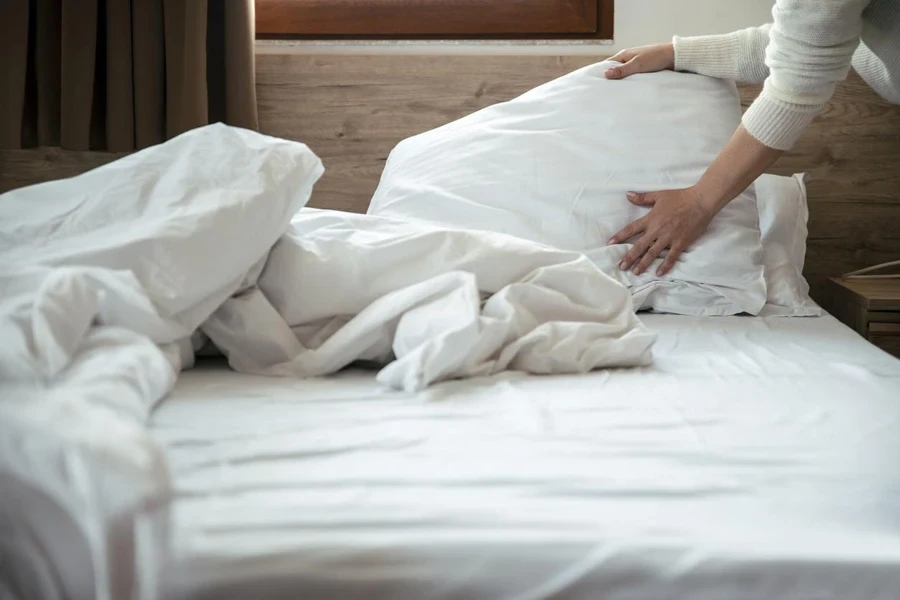
Evolving consumer preferences and market trends
As we move towards 2024, the duvet cover market is seeing a shift in consumer preferences influenced by various factors, including the increasing importance of eco-friendly materials and the integration of technology in fabric production. Consumers are gravitating towards products that offer both luxury and sustainability, such as bamboo and organic cotton duvet covers. Additionally, the rise of smart homes and the emphasis on personalized home décor are influencing the types of duvet covers that are gaining popularity.
2. Different types and their features
In 2024, the duvet cover market is characterized by a rich variety of materials, each offering unique benefits to cater to diverse consumer needs. The choice of material impacts not only the comfort and quality of sleep but also adds to the room’s aesthetic appeal.
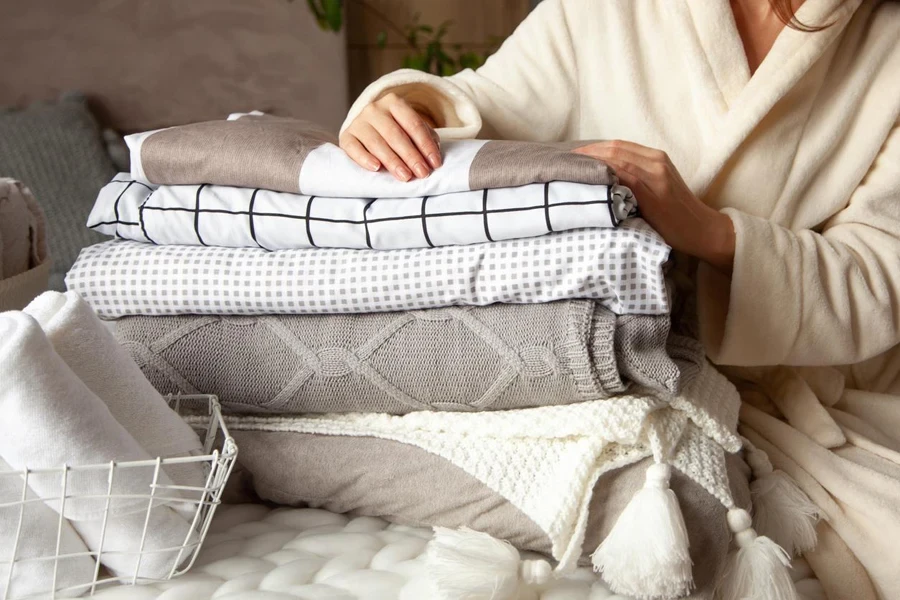
Cotton duvet covers
Cotton remains a classic choice in duvet covers for its natural breathability and durability. It’s a versatile fabric that suits various climates and is particularly favored for its softness and ease of maintenance. Cotton duvet covers, as pointed out by TIME, are highly adaptable, and available in a multitude of colors and patterns, making them a perfect match for any bedroom décor. Their breathability makes them an ideal choice for those who prefer a cooler sleep environment.
Linen duvet covers
Linen, woven from natural flax fibers, stands out for its unique texture and luxurious feel. As Architectural Digest highlights, linen duvet covers are highly valued for their natural antimicrobial properties, making them an excellent hypoallergenic option. Their breathability is unparalleled, offering cool comfort in summer and cozy warmth in winter. Linen’s aesthetic appeal lies in its effortless, relaxed look, bringing a touch of elegance to any bedroom.
Bamboo duvet covers
Bamboo duvet covers are gaining popularity for their eco-friendliness and soft, silky texture. According to Sunday Citizen, these covers are known for their exceptional breathability and moisture-wicking properties, making them ideal for hot sleepers. Bamboo fabric is also highly sustainable, and appealing to environmentally conscious consumers. The material’s natural sheen adds a touch of luxury to the bedroom, aligning with the growing trend towards eco-luxury in home textiles.
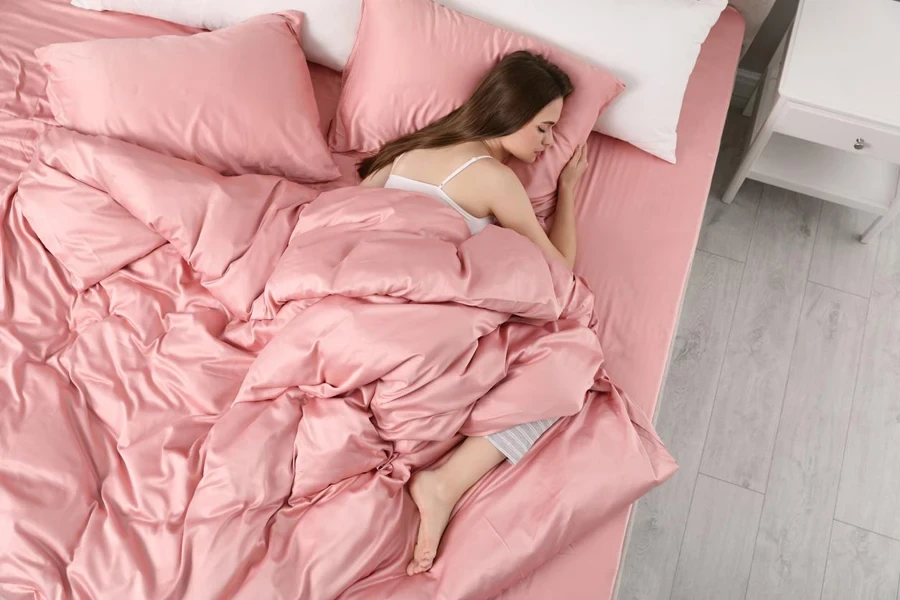
Microfiber duvet covers
Microfiber, a synthetic option, offers durability and affordability. These covers are known for their resistance to wrinkles and stains, as well as their longevity, making them a practical choice for busy households. Foter notes that while they may not offer the same breathability as natural fibers, microfiber duvet covers excel in retaining color and texture over time, ensuring that the bed always looks inviting and well-maintained.
Innovative designs and technological advancements
The year 2024 also witnesses innovative designs and technological advancements in duvet covers. New weaving techniques are enhancing the tactile experience of fabrics like cotton and linen, while advancements in fabric treatment are improving the functionality of duvet covers, such as enhanced moisture control and temperature regulation. These innovations reflect a market that is increasingly focused on combining aesthetic appeal with practical, health-conscious features.
3. Things to consider when selecting products
Selecting the right duvet cover involves considering various factors, including material, weave, closure type, thread count, maintenance, and size compatibility. These aspects collectively contribute to the overall sleep experience, room aesthetics, and practicality of the bedding choice. Understanding these elements is crucial for making an informed decision that balances comfort, style, and functionality.
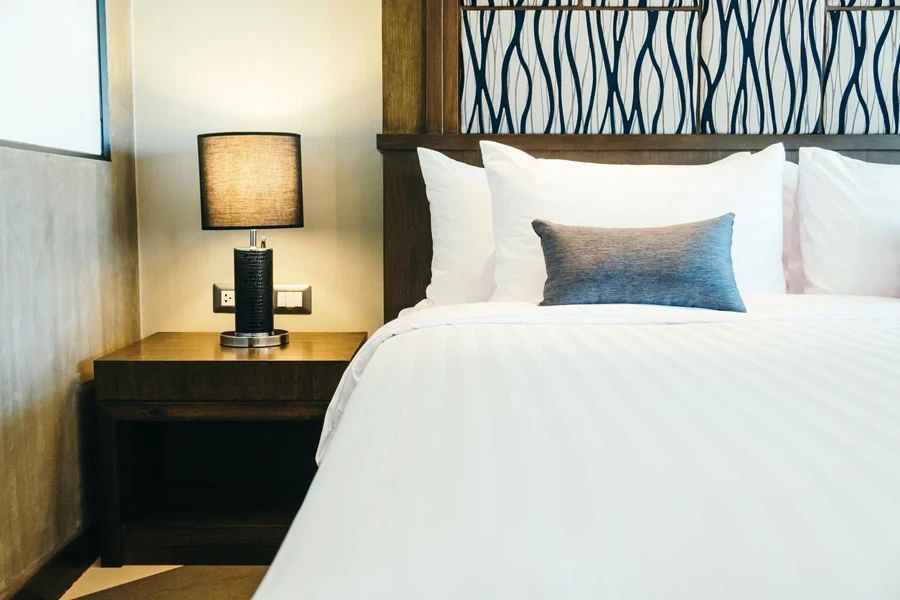
Material considerations
The material of a duvet cover significantly impacts its feel, durability, and suitability for different sleep preferences. For instance, cotton is favored for its breathability and comfort, making it an excellent choice for most climates. Linen offers a unique blend of luxury and hypoallergenic properties, ideal for sensitive skin and offering year-round comfort. Bamboo stands out for its eco-friendly nature and moisture-wicking capabilities, perfect for hot sleepers. On the other hand, microfiber is a practical option for those prioritizing ease of maintenance and durability, as it resists wrinkles and stains effectively.
Weave and texture
The weave of the fabric plays a pivotal role in the texture and breathability of the duvet cover. Percale weaves, often found in cotton covers, provide a crisp and cool feel, ideal for summer or warmer climates. Sateen weaves, on the other hand, offer a softer, more luxurious feel, adding warmth and a subtle sheen to the bedding. The choice of weave affects not only the tactile experience but also the overall look of the bed.
Closure types
The type of closure on a duvet cover can influence both its functionality and aesthetic appeal. Options range from traditional buttons, which can add a decorative touch, to practical zippers for easy bed-making. Envelope closures offer a seamless look but require a precise fit to ensure the duvet stays in place. The choice of closure type should align with the user’s preferences for ease of use and maintenance.

Thread count and maintenance
Thread count is a crucial factor in determining the softness and quality of a duvet cover. A higher thread count typically indicates a softer and more luxurious fabric, but it’s important to balance this with the specific characteristics of the material. Maintenance considerations, such as washability and care instructions, are also vital. Duvet covers that are easy to clean and maintain, like those made from cotton or microfiber, are practical choices for busy households.
Size compatibility
Ensuring the duvet cover fits well with existing bedding is essential for both aesthetics and functionality. It’s important to choose a size that matches the duvet insert perfectly, allowing for a snug fit without excess fabric that could lead to bunching or uneven coverage.
In summary, selecting the right duvet cover involves considering various factors, including material, weave, closure type, thread count, maintenance, and size compatibility. These aspects collectively contribute to the overall sleep experience, room aesthetics, and practicality of the bedding choice.
Conclusion
Selecting the perfect duvet cover is an essential decision that goes beyond mere aesthetics; it is about marrying personal comfort with the style of one’s sleeping sanctuary. As we look forward to 2024, it becomes increasingly clear that the perfect duvet cover is not just about what looks good but what feels right. It’s about finding that sweet spot where comfort meets style, where practicality aligns with personal taste. So, whether you seek the cooling embrace of percale cotton or the hypoallergenic comfort of linen, remember to let your individual needs and preferences guide your choice. In the end, the right duvet cover is one that not only beautifies your bed but also enhances your overall sleep experience.
